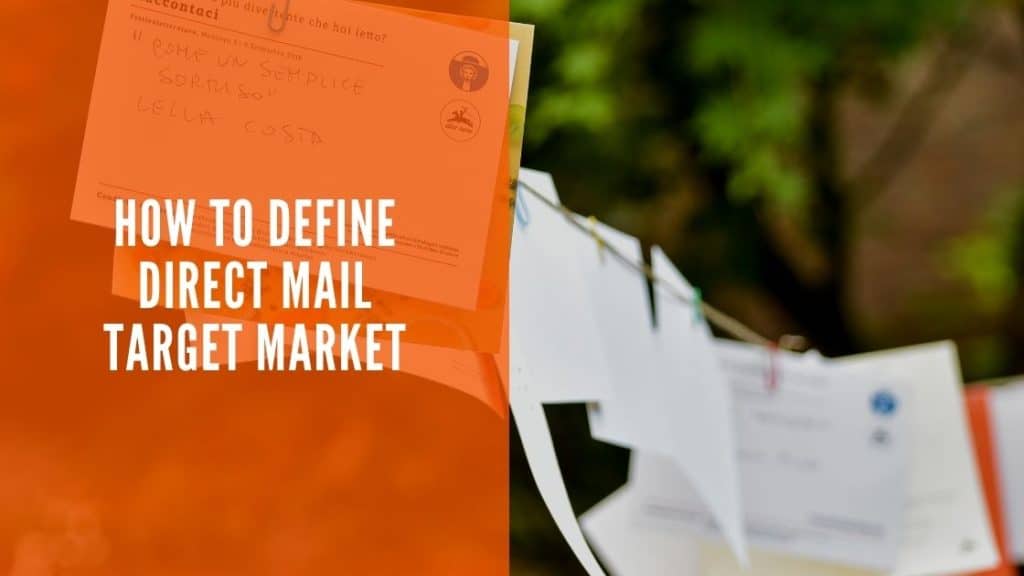Color theory is the art and science of colors. Color theory focuses on our understanding of how colors mix, how people interpret colors, and the message the colors communicate. People are more attracted to color ads compared to black and white advertisements. That statement holds true of online publications as well as the paper world. When a prospect’s eyes meet a particular color, they immediately send a message to the brain. Instantly, the person makes a judgment about what they see. They may be interested, bored, or repulsed based on how their brain interprets the colors of the advertisement.
Great marketers usually test multiple visuals before deciding on a final product. Making an educated decision regarding the colors of a direct mail item will result in more positive responses from prospects. However, developing a working knowledge of color theory and its applications to marketing is a necessary first step in super-charging your mail designs.
The Impact of Color
Humans perceive the world through color, although way colors influence thoughts, behaviors, and actions can be incredibly subtle. Here are some ways color has an impact on your marketing materials.
Color Impacts Member Psychology
A strategic design directs prospect’s eyes telling them where to look and what to focus their attention towards on the mailer. You can create the desired mood you want the prospect to feel with the right color design. Some colors are harmonious with one another. Meanwhile, other colors that clash may have a negative impact on the recipient’s feelings toward your mailpiece. It’s best to perform a few sample tests with your marketing team to determine how various color schemes are perceived. Then, continue to build your project around their reactions.
Color Contrast Increases Conversion
Major color contrasts can draw the viewers eyes to a specific area of your ad, like your mission statement or call to action. Deviating from the mailer’s color scheme can create a focal point that draws the eyes like a magnet. Most of the time, red and yellow colors tend to perform better in this manner, but testing your ideal colors is the best way to find out what works for your organization. Establishing a unique and appealing color contract can increase the effectiveness of your marketing campaign.
Also, note that there’s a difference between “contrasting” colors and ” horribly clashing” colors. There are, in fact, various forms of color contrasts that can be visually appealing due to their variance on the color wheel. A splash almost any color on a monochromatic greyscale, for example, can be visually appealing and attention-grabbing.
Member’s Associate Colors with Feelings
Colors can invoke emotion. Each individual may react to color combinations based on personal experiences, but some broad generalizations affect most people. For instance, many luxury brands use silver or gold to convey a high level of sophistication.
Personalizing Mailers with Color
Colors are perceived differently by different people. Direct mail allows for personalization. Non-profits can use different colors for different groups of people, leading to more successful direct mail projects. For instance, men may prefer brighter colors, and women may prefer softer, pastel colors. With target audience data handy, you can more easily evoke the emotions you want and build a more successful mailer.
Color is Crucial in Brand Building
Every popular brand is known by its logo and that logo’s colors. Think of Facebook or Twitter. Both have blue logos, but almost everyone knows recognizes the difference in tone for both companies’ logo (Twitter’s sky blue, versus Facebook’s deep ocean blue). Choosing the wrong colors can impact the success of your campaign. It’s essential for your organization to see what works and stick with it. As a color, blue is said to have a calming effect (though that might not be said of social media in general!), versus fiery reds, for example.
Every time a prospect interacts with an organization, there is an opportunity for the organization to influence their audience’s perception. It’s up to the marketer to choose what designs and which colors will convince a prospect to engage with the organization. By learning about the psychology behind color theory, marketers can further grasp branding techniques. You can better connect with your target market, as well. When you have a clear understanding of color theory in marketing, you can build a more robust relationship with donors and increase members interaction.
Using Color Theory with Valtim
Finding your target audience is the first step before creating a personalized marketing campaign. Once you have narrowed down your audience, you can start to experiment with what colors will grab their attention the best. The best way to ensure a successful marketing outcome is to design a personalized, color-conscious mail piece.
Valtim’s staff is fully versed in personalization techniques and color theory. We can assist with all your color needs, including finding a color for your brand’s logo or choosing the right color combinations to highlight your mission statement. Our personalized direct mailers will help get your message across to your audience. It’s essential to find what works for your organization and Valtim can help every step of the way.



